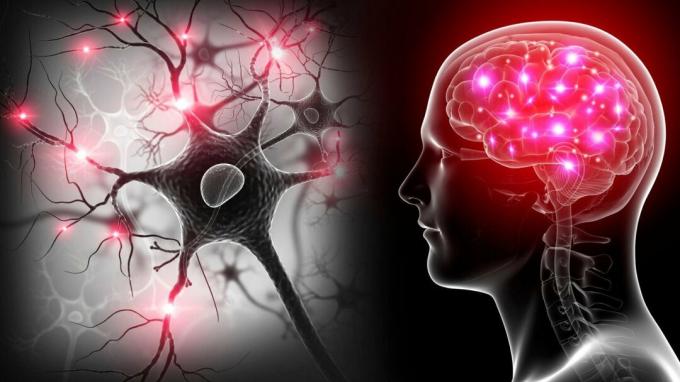Involuntary Tics: understanding and addressing this neurological condition
Tic disorder is a neurological condition that affects a significant number of people around the world.. Despite its prevalence, it remains a largely misunderstood topic. Tics are sudden, rapid, and involuntary movements or sounds made by people who suffer from this disorder. They can be classified into two main categories.
On the one hand, motor tics, which include uncontrollable physical movements. Some common examples include repeatedly frowning or opening your mouth, and moving your arms and legs. On the other hand, vocal tics refer to uncontrollable sounds or words that a person makes, such as clearing the throat or even involuntary words and phrases.
What types of tics exist?
Tics are classified as follows:
1. Simple: Sudden and Unique Movements or Sounds
They are the most common form of tics and are characterized by simple, brief and sudden movements or sounds such as:
- Eye blink: This is one of the most recognizable and simple tics, which involves involuntary blinking of the eyes. It can occur quickly, often, repetitively.
- Snarl: A simple vocal tic may manifest as a sudden, uncontrollable growl, which may occur at inappropriate or uncomfortable times.
- Cough: Coughing for no apparent reason is another example of a simple vocal tic. This may be particularly noticeable in sociable situations.
2. Complexes: Movements or elaborate sounds
They involve more elaborate sequences of movements or sounds and may appear more unusual to those observing them such as:
- Suddenly touching objects: In this case, a person might feel a compulsive need to touch specific objects over and over again, often in a defined pattern.
- Repetition of words or obscenities (tic coprolalia): Coprolalia is a type of complex vocal tic in which the person repeats vulgar or inappropriate words without being able to control it, this can lead to embarrassing situations and misunderstandings. Importantly, not everyone who has tics experiences coprolalia and is an example of how complex tics can affect the social and emotional lives of those who experience it.
- Jump or spin: Some people may experience complex motor tics that involve sudden jumping or spinning.
3. Combined Motor and Vocal Tics
This means that they not only have uncontrollable movements, but also involuntary sounds that accompany those movements. This combination can be especially challenging for those who experience it, as it can attract more attention and be more noticeable to others.

Causes of involuntary tics
While the exact cause of involuntary tics is not yet fully understood, it is thought to involve a combination of factors:
- Genetic factors: Genetics plays an important role in the predisposition to develop involuntary tics. Research suggests there is one in some families.
- Neurological Dysfunction: They seem to be related to alterations in the functioning of certain areas of the brain, such as the basal ganglia. These areas play a role in controlling voluntary movements.
- Environmental factors: Stress, infections, brain trauma, and other environmental factors can trigger or aggravate involuntary tics in some people.
Diagnosis and treatment
The diagnosis of involuntary tic disorder is based on the observation of symptoms by a health professional.. The criteria focus on the presence of persistent motor or vocal tics for at least one year, although brief periods of remission are allowed. Additionally, it is important to rule out other medical conditions that may cause similar symptoms.
The evaluation may include interviews with the patient and, in the case of children, their parents or guardians. The medical history is recorded and careful observation of tics is made to determine their type, frequency, and duration. Tic treatment is personalized to individual needs:
- Medicines: In some cases, medications such as antipsychotics or muscle relaxants may be prescribed to reduce the intensity of the tics.
- Supportive Therapy: Emotional support and education are essential. The support of friends and family can make a difference in the quality of life.
- Behavioral Therapy: Cognitive behavioral therapy (CBT) can help you learn tic control and reduction techniques. This involves identifying the situations that trigger tics and learning to control them.
People living with tics share their experience:
To shed light on this condition and foster understanding and empathy, it is essential to listen to the voices of those living with tics. “It's like having a switch in your head that turns on and off without your permission. “No matter how hard you try, sometimes you just can’t help it.” “Sometimes people look and ask what's wrong with me. I try to explain, but they don't always understand.” “Finding a support group for people with tics has been essential for me. Here I can be myself without judgment.
It is essential that society in general learns not to quickly judge those who have tics and not to make insensitive comments.. It is important to remember that many people can lead full and productive lives with the right support. Public understanding and acceptance are vital to creating an environment where people with involuntary tics feel supported and can reach their full potential.

